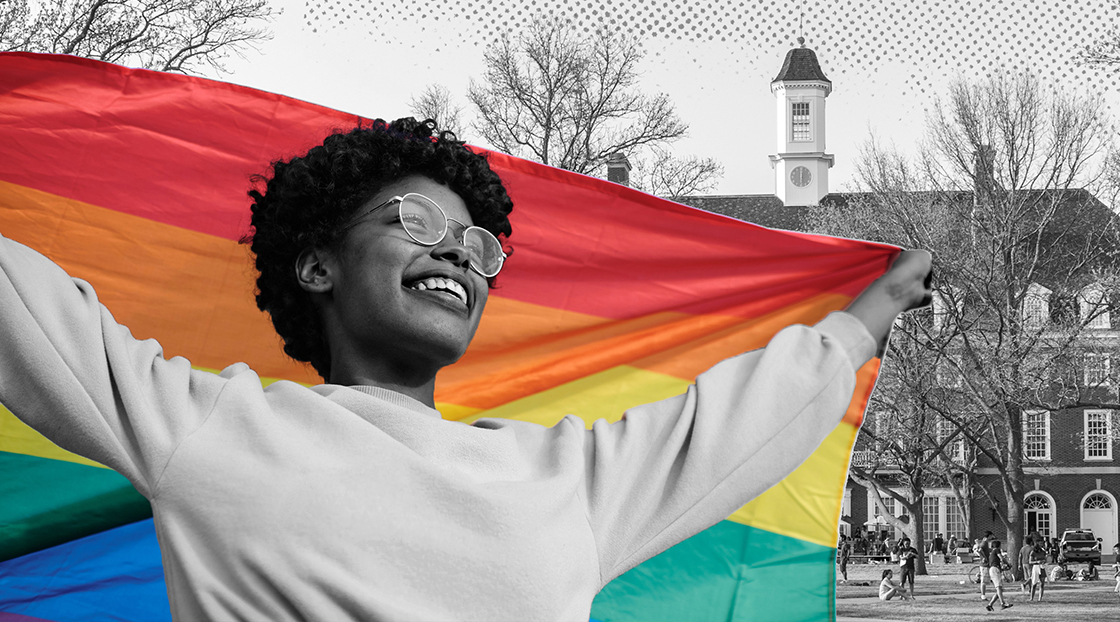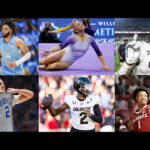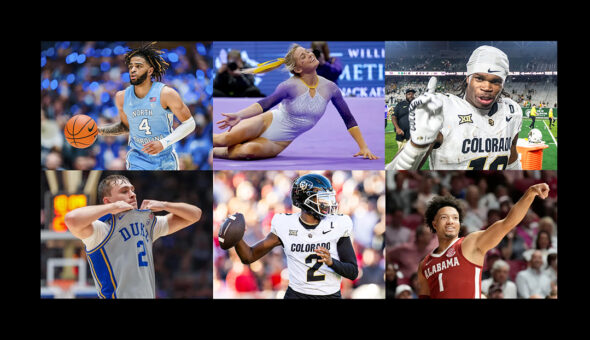During the past decade, the LGBTQ+ community has increased visibility rather than numbers, with approximately 21% of Gen Z identifying as such and many advocates proudly dubbing the young generation as the “gayest” in history. With such a sizable cultural shift and newfound visibility, how can higher ed continue to be a bastion of self-discovery and inclusion while ensuring students’ personal information and privacy are protected?
According to Laurie Kohler, vice president of marketing and enrollment strategy at Ithaca College, marketing campuses as “safe spaces” does not insinuate that schools need to insulate classrooms with “rainbow padding.” Instead, she said colleges should “make high school students think, ‘I can see myself there.’”
Many universities have sections during the admissions process that allows students to disclose their gender and sexuality, as well as enable them to add preferred names and personal pronouns. Deciding to use preferred pronouns and names on school documents can be a complicated decision for many students.








